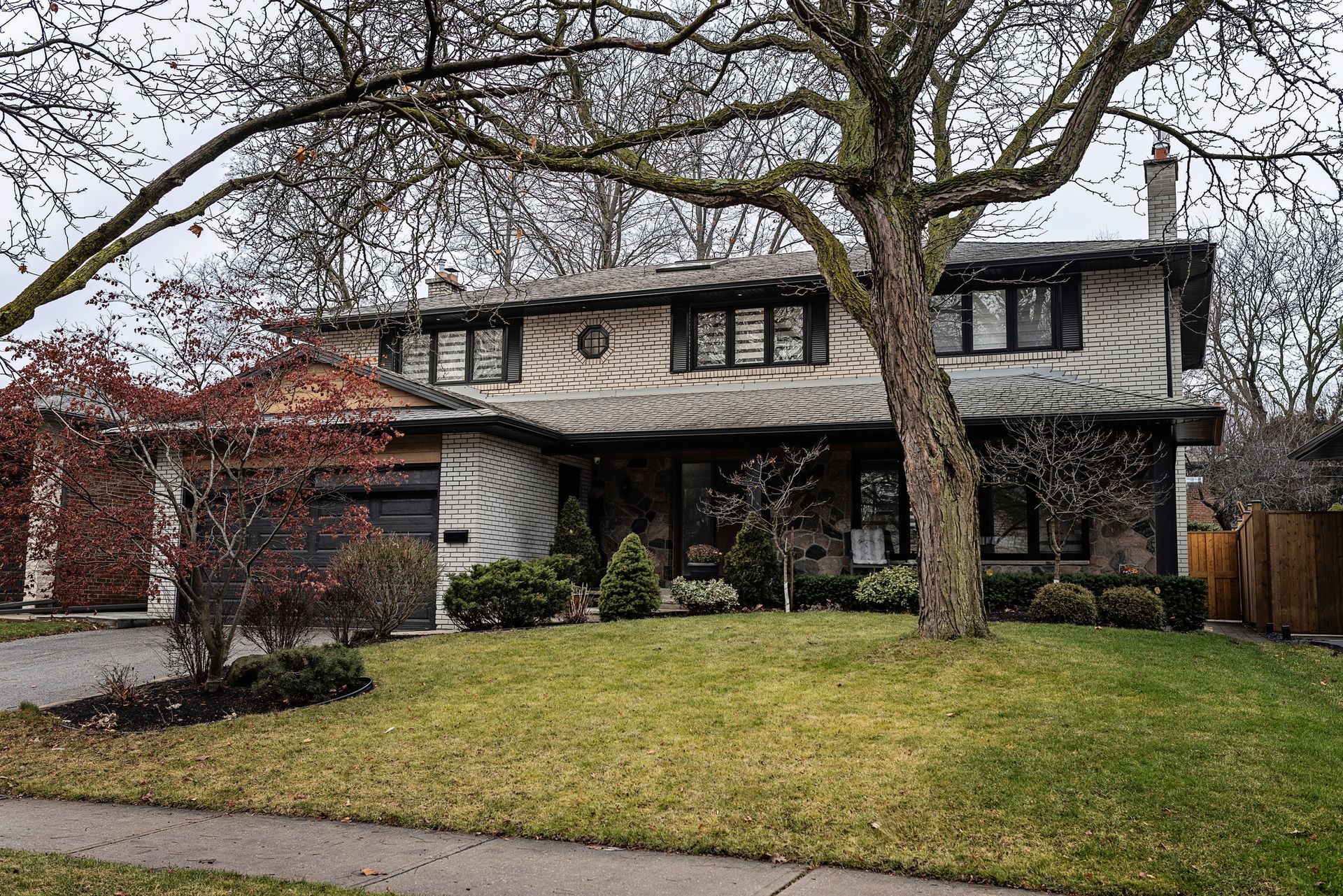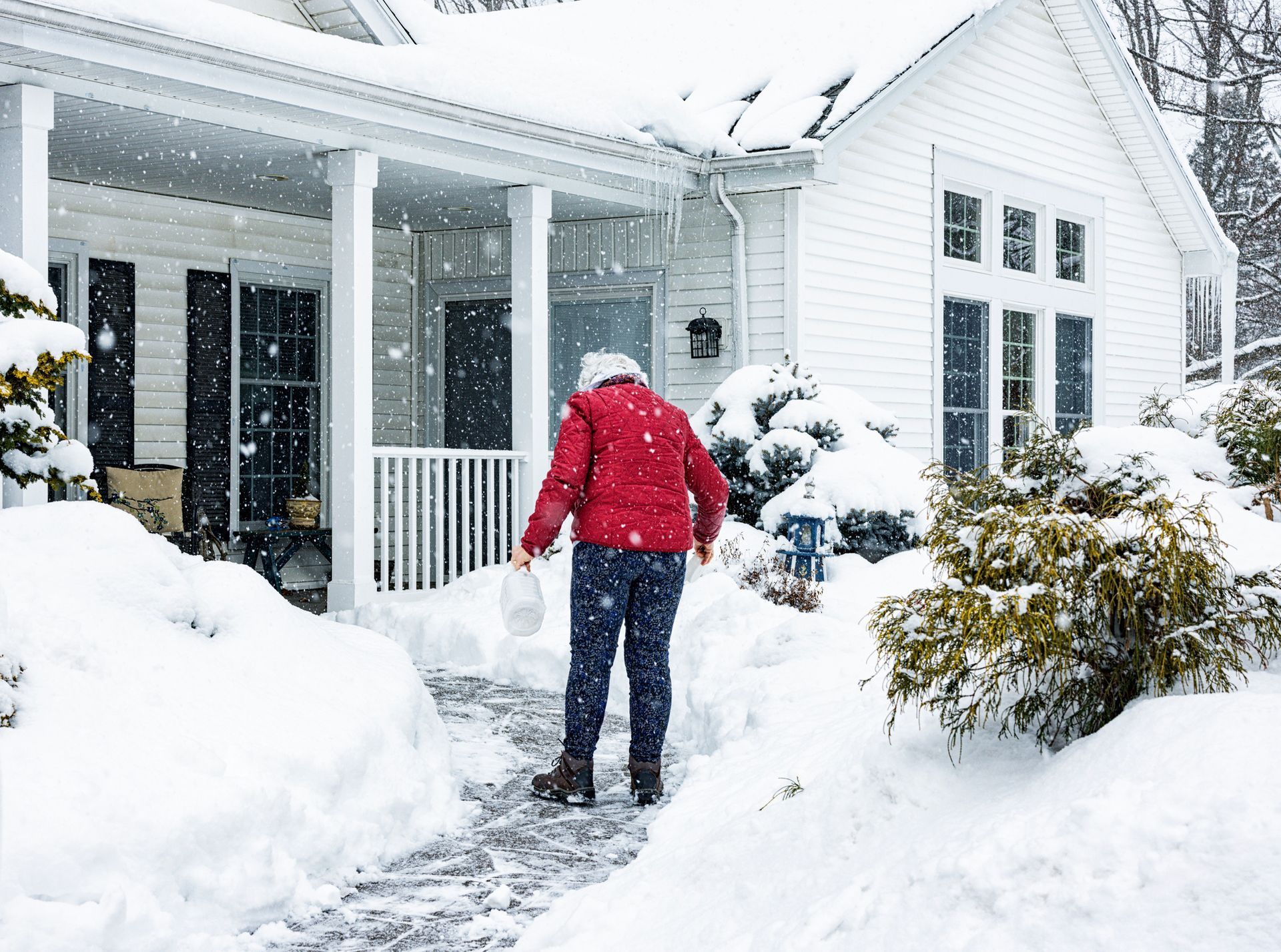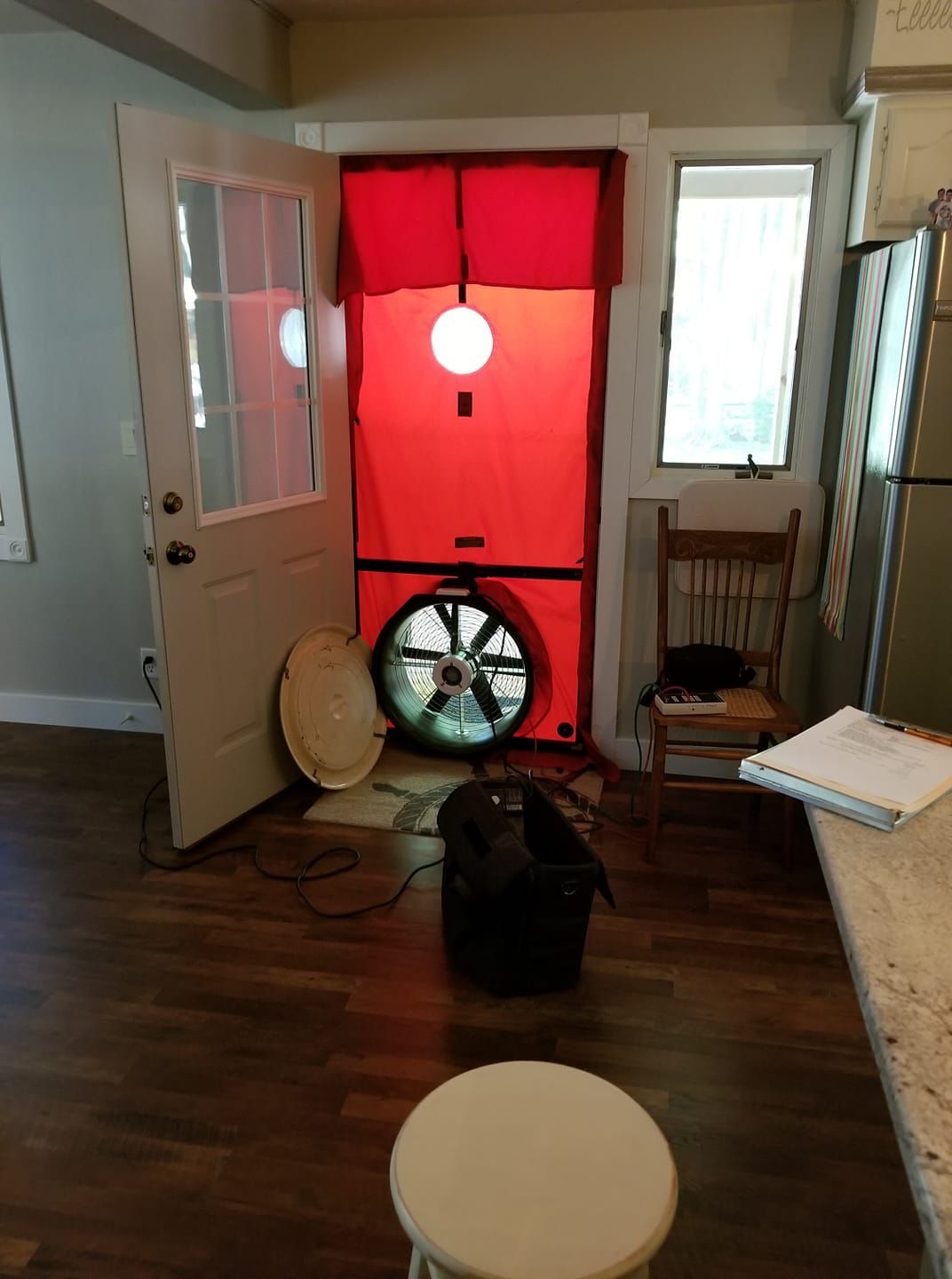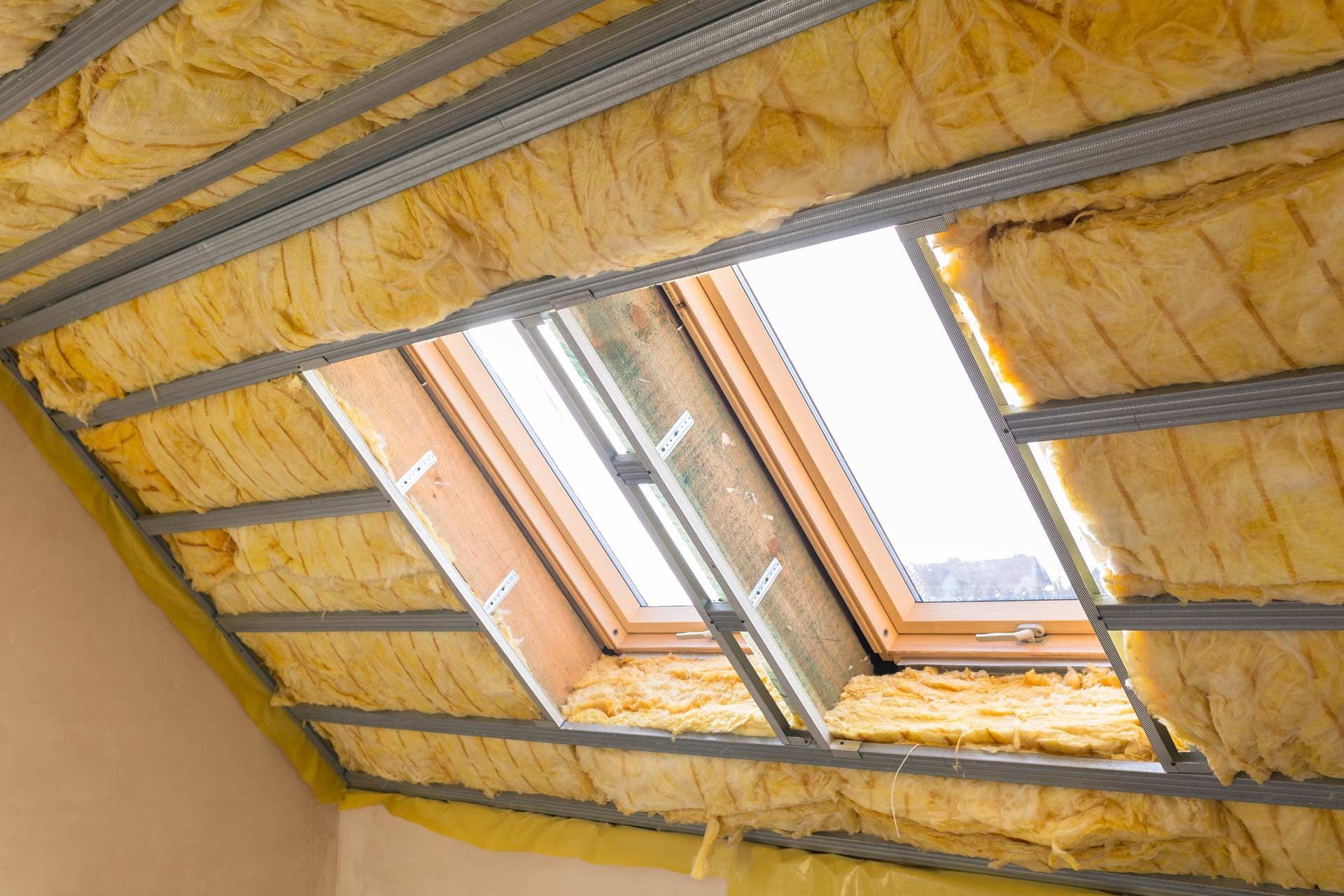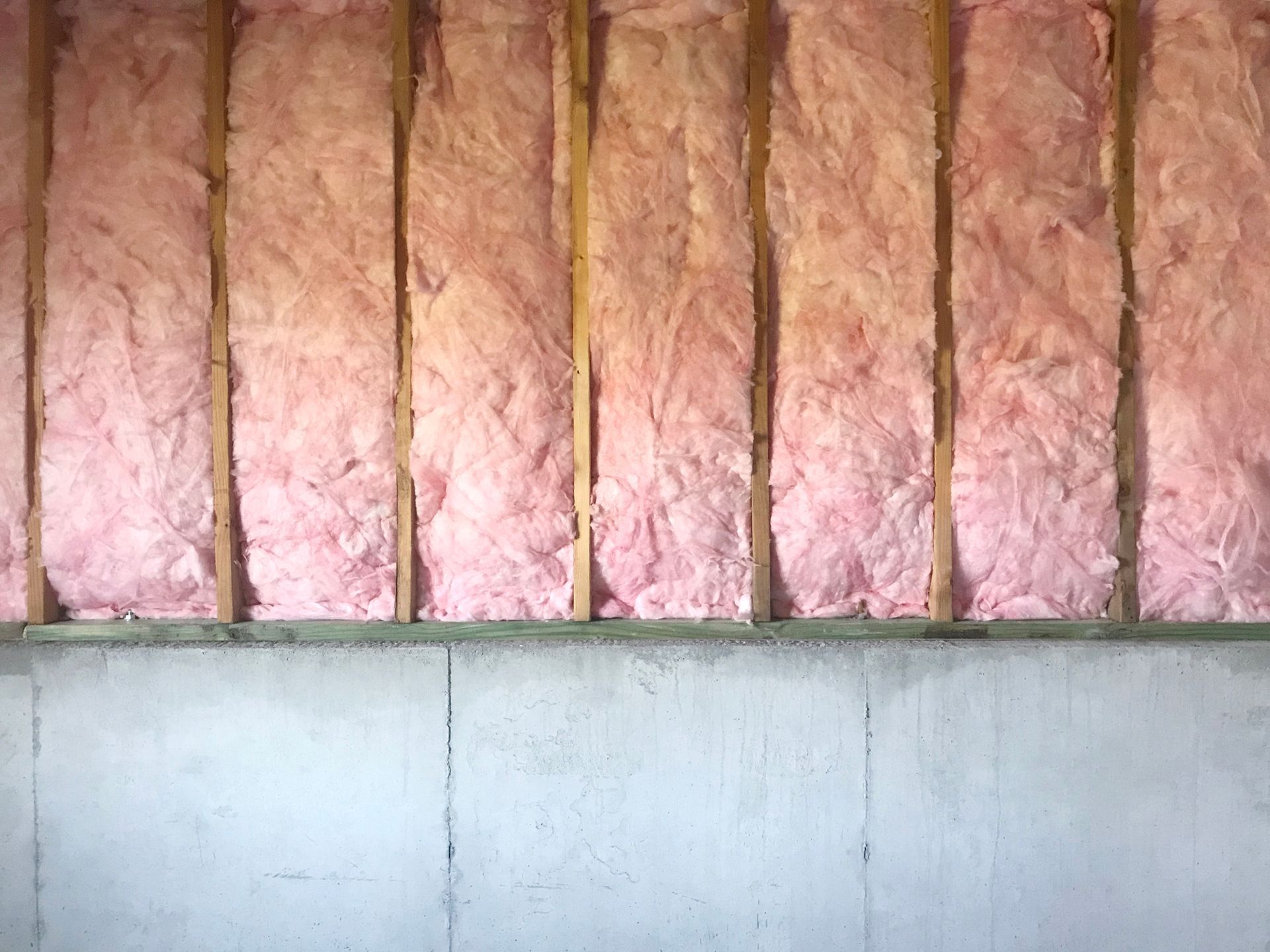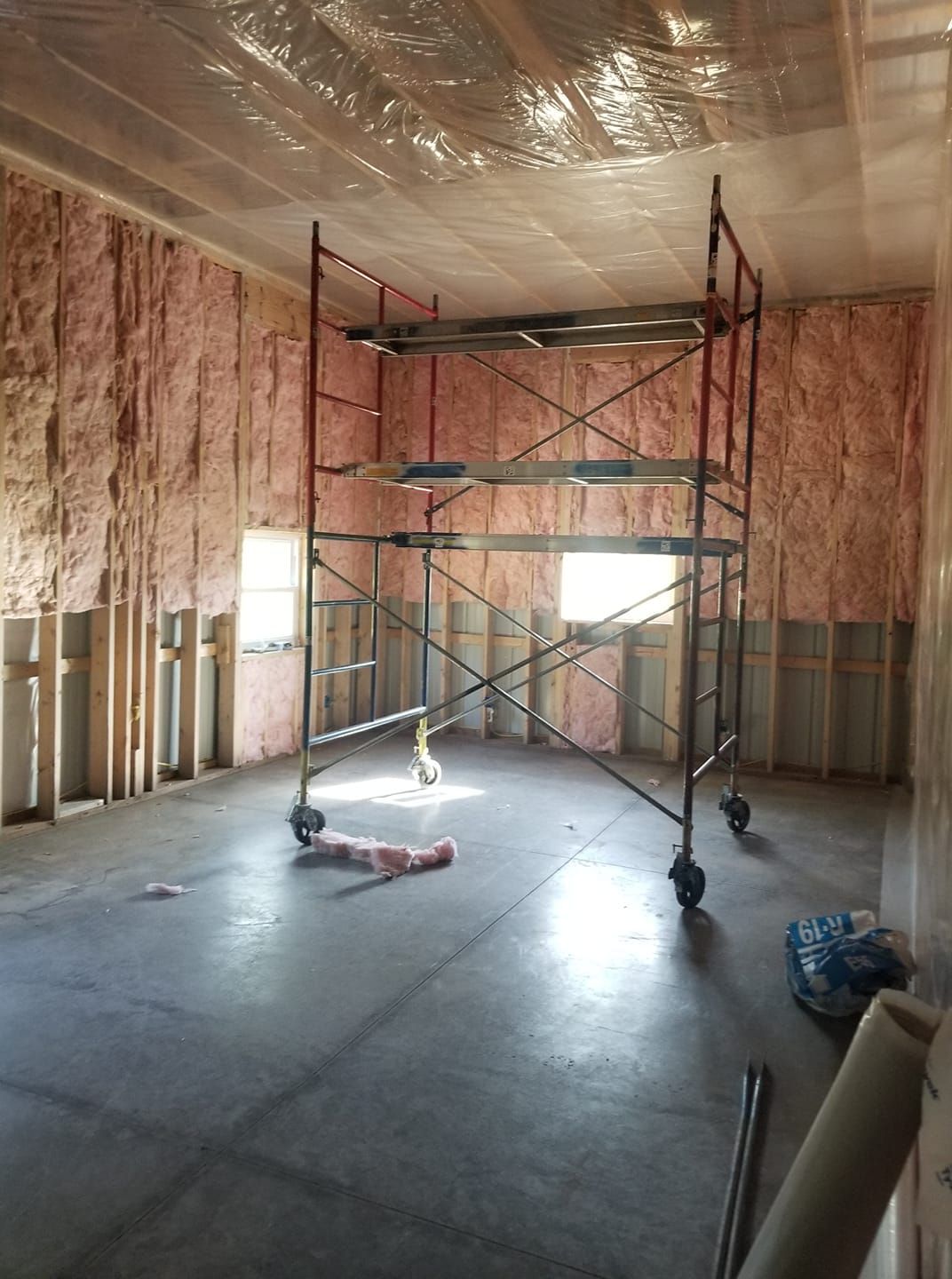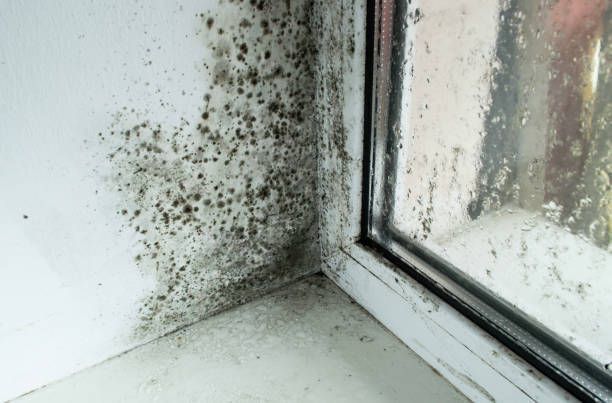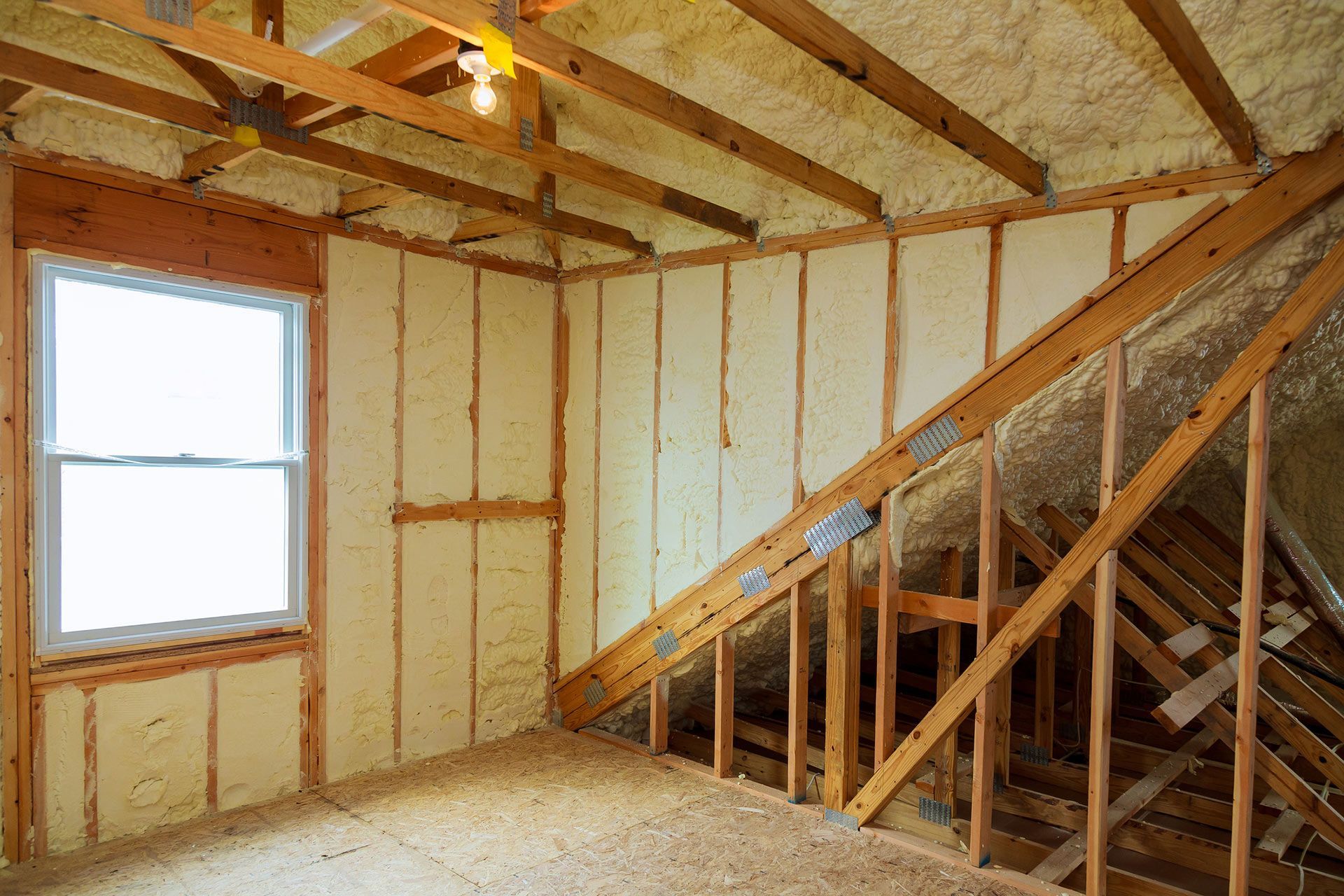Don't Get Left in the Cold: Your Guide to Winterizing Your Wisconsin Home for Insulation Savings
Introduction
As a Wisconsin homeowner, you know that the long, cold winters are a serious business. The rising cost of heating bills can feel like a bitter pill to swallow each year. But what if you could significantly reduce those costs and make your home more comfortable at the same time? The key lies in proper insulation and air sealing. Preparing your home for the brutal Wisconsin winter is not just about comfort—it's about smart financial planning. This blog post will walk you through the essential steps to get your home ready, help you understand the benefits of good insulation, and point you toward valuable resources and rebates available to Wisconsin residents.
Why Insulation is Your Best Friend This Winter
Insulation acts as a thermal barrier, slowing the transfer of heat. In the winter, it keeps the warm air inside your home from escaping. Without adequate insulation, especially in key areas like the attic, basement, and walls, your furnace works overtime, and your hard-earned money goes right out the window (or, more accurately, through your walls and roof).
Proper insulation and air sealing offer a range of benefits beyond just lower heating bills:
- Year-Round Comfort: Good insulation keeps your home cooler in the summer as well, leading to more consistent temperatures throughout the year. No more cold drafts in one room and a stuffy feel in another.
- Preventing Ice Dams: Ice dams are a major issue in Wisconsin. They form when heat from your attic melts snow on your roof, which then refreezes at the colder edges. This can cause significant roof damage and water leaks. Proper attic insulation prevents this from happening.
- Improved Indoor Air Quality: Air sealing reduces the amount of moisture that can enter your home, which helps prevent mold and rot.
- Increased Home Value: Energy-efficient upgrades are a major selling point for any home.
A Winterization Checklist for Your Wisconsin Home
To prepare your home for winter and maximize your insulation savings, consider this checklist:
1. Get a Home Energy Audit: This is the most crucial first step. A professional energy audit will use tools like blower door tests and infrared scans to pinpoint exactly where your home is losing the most energy. This takes the guesswork out of your projects and ensures you're investing in the most impactful improvements.
2. Insulate and Air Seal: Based on your energy audit, prioritize insulating and air sealing the most critical areas.
- Attic: Heat rises, so an uninsulated attic is a major source of heat loss. The U.S. Department of Energy recommends a specific R-value (a measure of thermal resistance) for different climate zones. For Wisconsin (zones 6 and 7), this is a high priority.
- Walls: While more complex, adding insulation to your exterior walls can make a significant difference.
- Basements and Crawl Spaces: Uninsulated basements can be a huge source of energy loss. Sealing and insulating these areas will make your entire home feel warmer.
- Pipes: Don't forget to insulate exposed pipes in unheated areas like basements and crawl spaces to prevent them from freezing and bursting.
3. Seal Drafts: This is a simple and effective DIY project. Use caulk and weatherstripping to seal cracks and gaps around:
- Windows and doors.
- Electrical outlets and switch plates.
- Pipe and wire penetrations.
4. Other Smart Tips:
- Reverse Ceiling Fans: Set your ceiling fans to spin clockwise on a low speed to push warm air that has risen to the ceiling back down into the room.
- Check and Maintain Your Furnace: Have a professional inspect your furnace and change the filters regularly to ensure it runs as efficiently as possible.
- Clear Gutters: Clogged gutters can lead to ice dams. Clean them out before the first snow.
- Use Window Coverings: Insulated curtains and storm windows can provide an extra layer of protection against drafts.
The Best Insulation for Wisconsin's Climate
Wisconsin's harsh climate requires a high R-value to be effective. While different types of insulation have different applications, here are some common types:
- Spray Foam: Offers the highest R-value per inch and is excellent for air sealing. It's often used in attics and crawl spaces.
- Blown-In Cellulose or Fiberglass: These loose-fill materials are great for attics and can be blown into existing wall cavities.
- Fiberglass Batts: The classic pink or yellow rolls you're probably familiar with. They are cost-effective but have a lower R-value and are best for walls where a lower R-value is acceptable.
Take Advantage of Wisconsin's Rebates and Incentives
The cost of insulation and air sealing projects can be a barrier, but Wisconsin offers a fantastic program to help homeowners. Focus on Energy is a statewide program that provides financial incentives and rebates for energy-efficient upgrades.
- How it Works: To qualify for most of the rebates, you'll need to work with a certified "Trade Ally" contractor. An energy assessment is the first step to unlocking the maximum rebates. The program offers different tiers of incentives, including a higher tier for income-qualified households.
- What You Can Get: Focus on Energy offers rebates for insulation and air sealing, with specific amounts for attic and wall insulation. You can also receive free energy-saving packs with products like LED bulbs and pipe insulation.
- Federal Tax Credits: The Inflation Reduction Act also offers federal tax credits for certain energy-efficient home improvements, which can be combined with Focus on Energy rebates for even more savings.
Conclusion
Don't let another Wisconsin winter catch you off guard. By taking proactive steps to insulate and air seal your home, you can save significant money on your energy bills, increase your home's comfort, and protect it from costly winter damage. Get started by exploring the resources offered by Focus on Energy and find a trusted professional to help you on your journey to a warmer, more efficient home.
Contact All Weather Insulation, located in Green Bay, servicing the Green Bay, Appleton surrounding areas. Call today at
(920)494-6966 to schedule an appointment for a FREE quote.
